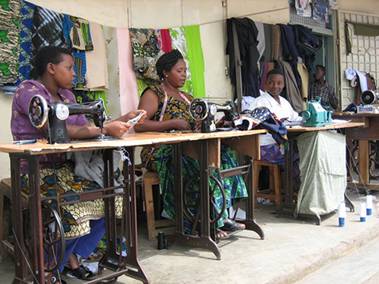Diversity among economically less developed nations
 The availability and quality of each of the four basic requirements for growth and development may vary enormously from one country to another.
The availability and quality of each of the four basic requirements for growth and development may vary enormously from one country to another.
Some less developed countries such as Botswana are very well endowed as far as raw materials are concerned, some are not.
The climates of some countries are conducive to high levels of agricultural productivity others constantly are have to battle again drought and irregular rain patterns.
Some have large and ready supplies of labour while others do not.
Some countries have a transport infrastructure that enables
them to more readily engage in trade of goods whilst others have road
and rail systems that are run down and lack sufficient capital
investment.
Understanding the context in which development is taking place is very important.
- Natural factors
- Human factors
- Physical capital and technological factors
- Institutional factors
What should be becoming apparent is while there may be some common issues facing some LDCs, the problems they face and the solutions will be very particular to a specific country.
Some economists would argue that enormous damage has been done to
some countries (and their citizens) that have been pressurized to
follow growth and development policies required by the multilateral
agencies such as the World Bank and the IMF as conditions for loans.
The variation in the natural, human, physical and technological and institutional factors affecting countries will mean that 'one size fits all' growth and development policies and approaches may make matters worse and paradoxically be anti-developmental.